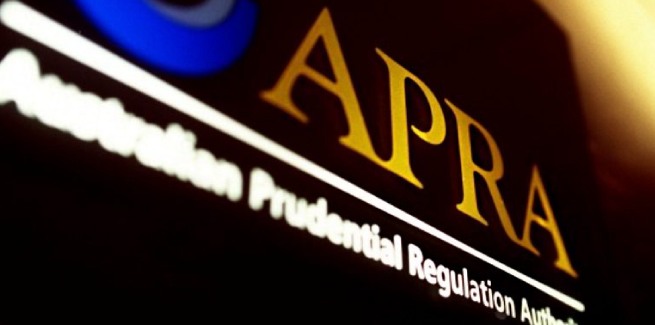The Australian Prudential Regulation Authority (APRA) has published new loan repayment deferral data for the three months following the onset of the COVID-19 crisis.
The data has revealed that as at 30 June 2020, repayments on 10 per cent of total loans were deferred, representing approximately $274 billion (911,018 facilities).
Mortgage holders made up the vast majority of deferred loans (71 per cent), equating to approximately $195 billion (496,606 facilities).
Despite representing a smaller share of total deferrals, a larger proportion of small business loans entered deferral arrangements (17 per cent), compared to residential mortgages (11 per cent).
Mortgage deferral breakdown
The figures also include a breakdown of the risk profiles of deferred mortgages.
Investor loans, which make up approximately 36 per cent of outstanding housing loans, represented approximately 34 per cent of deferred mortgages, while interest-only loans, which make up 17 per cent of total loans, represented 14 per cent of deferrals.
However, mortgages with a loan-to-value ratio (LVR) exceeding 90 per cent have been over-represented in the deferral program.
According to the APRA figures, loans with an LVR of over r90 per cent make up 5 per cent of outstanding housing loans but 8 per cent of deferrals.
Deferral exits minimal
The APRA data also revealed that over the June quarter, just 8 per cent ($21 billion) of borrowers exited deferral arrangements.
However, the share of deferral exits accelerated over the three-month period, from just $1 billion of deferred loans in April to $18 billion in June.
According to APRA, the majority of such loans have “returned to a performing status”.
The total value of new loan deferrals also slowed over the quarter, from a total of $170 billion in April to $40 billion in June.
But the deferral program has since been extended amid expectations of a rise in demand for assistance in response to a tightening of social distancing measures in Victoria and NSW.
Speaking to ANZ’s internal media platform, Mark Hand, Australian group executive, retail and commercial banking, said he expects loan deferral enquiries to ramp up over the next few weeks.
“I’d expect to see the number of enquiries rise in the coming weeks as a lot of customers that might have absorbed the first shutdown, start to realise that the second one is really going to push them to the edge, and they will need that support,” he added.
This is likely to intensify credit quality concerns, with investment management firm Morgan Stanley expecting approximately 20 per cent of borrowers currently on repayment deferrals to default on their debt, triggering a $4.3 billion rise in credit losses across the big four banks alone.
[Related: Loan deferral strategy to flatten the curve: APRA]
 ;
;
